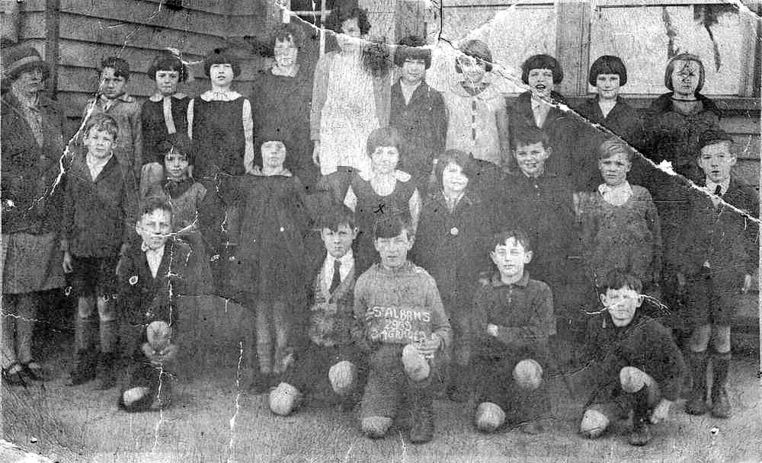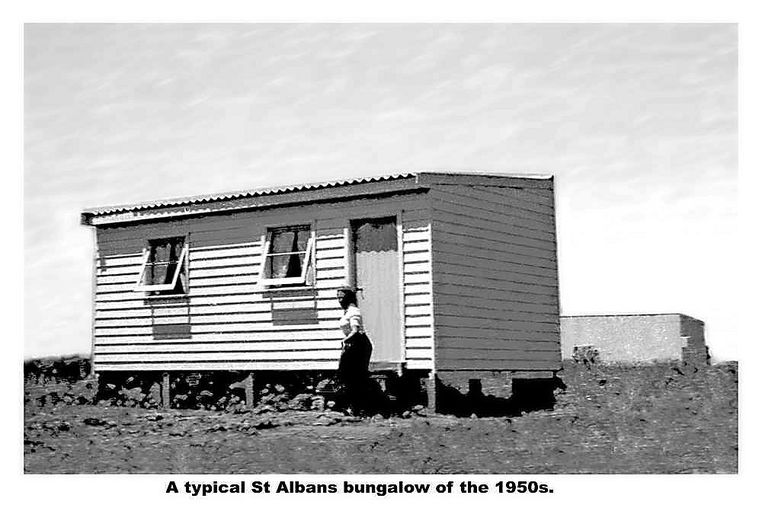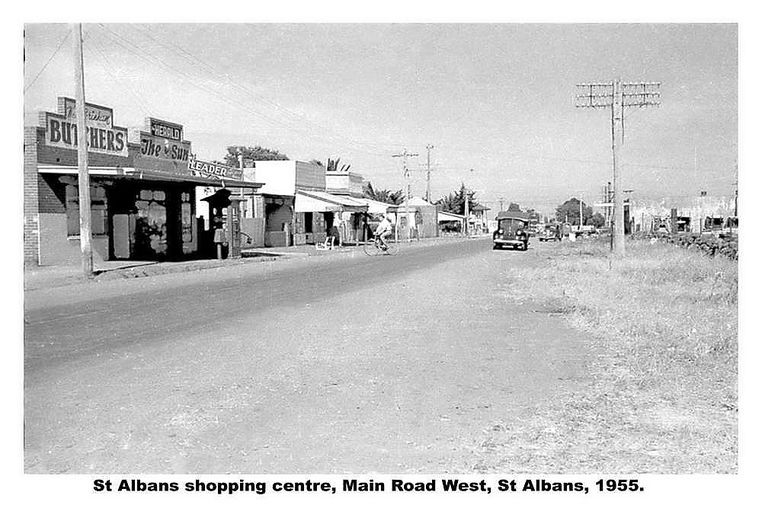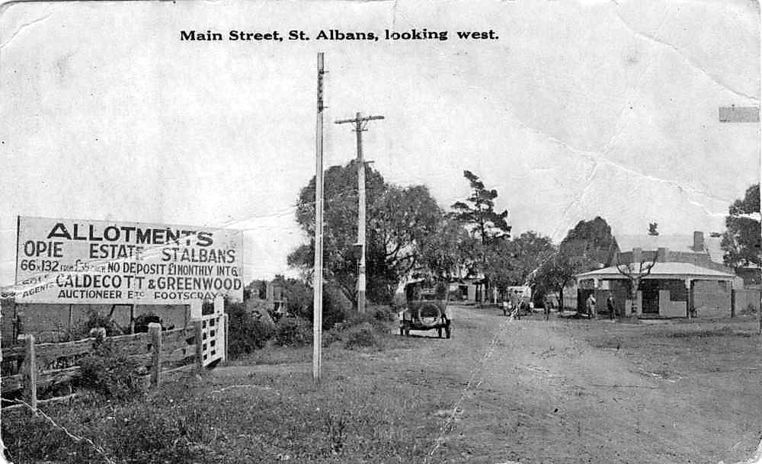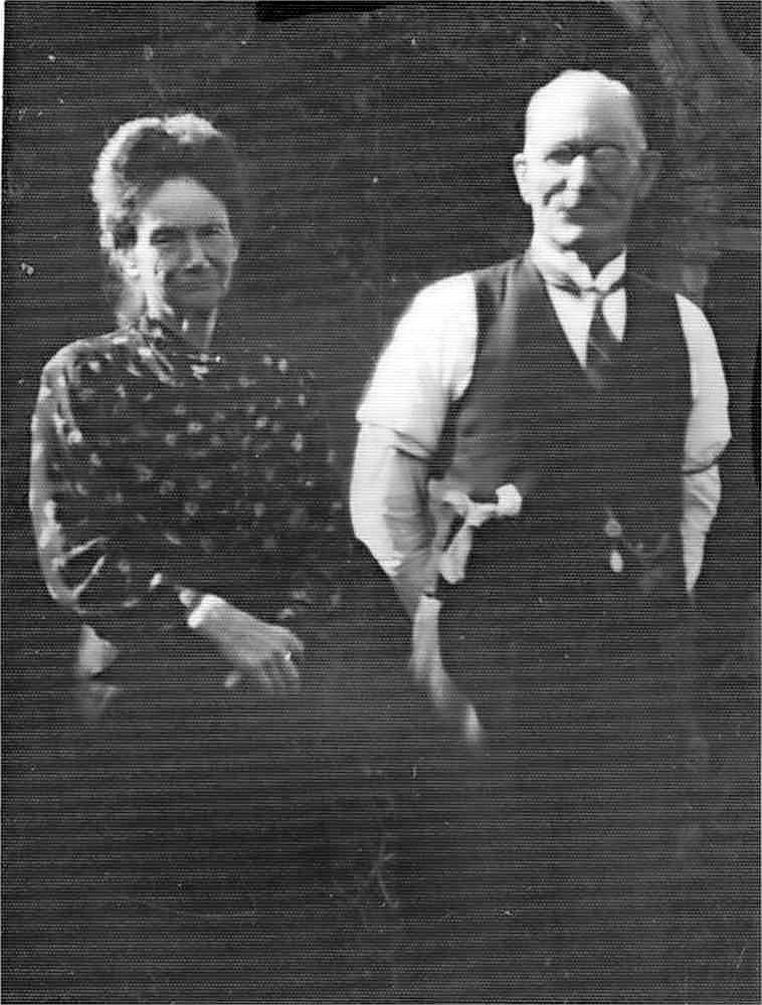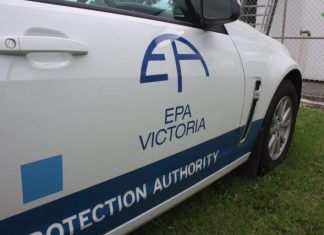
By Laura Michell
Local historians Joseph Ribarow and Nick Szwed are proud of St Albans.
The pair have dedicated years to researching and documenting the history of their hometown and the people who grew up there.
Later this month, they will share their passion for the history of St Albans with the community during a presentation at St Albans library for the National Heritage Festival.
The photographic exhibition will take residents through the 150 years of St Albans.
Mr Ribarow said the suburb had gone through significant change but its reputation as a home for migrants had not altered.
“St Albans is a migrant suburb in the most positive sense,” he said.
“I think St Albans is one of – if not the most – multicultural places in Victoria.”

Mr Ribarow said the population of St Albans exploded in the 1950s following European migration to Australia after World War II.
Prior to that, the suburb was home to just a few hundred people.
Both Mr Szwed and Mr Ribarow arrived in St Albans with their families as migrants in the early 1950s.
They remember the area being home to a community that felt like “one big family”.
Mr Szwed said he remembered families, with the help of their neighbours, building simple bungalows on their land to live in while they constructed the family home.
“By and large the settlers that arrived after the war were very harmonious because they were looking for peace. As far as I was concerned, it was a very big family,” Mr Szwed said.

The area now known as St Albans was part of the Braybrook Keilor Farmers Common, before being sold off about 1868.
Mr Ribarow said the area was predominantly dairy land prior to migrant settlement.
He said St Albans was in a rain shade area, making farming difficult. As a result, many farms in the area failed.
Mr Ribarow said one of the most interesting parts about researching St Albans’ history had been uncovering the stories of the people who lived there.
He believes one man in particular – Frederik Charles Stenson – should be honoured.
“I think he is Mr St Albans,” Mr Ribarow said. “He represented St Albans on the Keilor council for 40 years before he died in 1857. I think there should be a memorial in some way.”

The 150 Years of St Albans presentation will be on Thursday, May 30, 11.30am-12.15pm.
Details: brimbanklibraries.vic.gov.au
For more on the history of St Albans, visit: historyofstalbans.com


